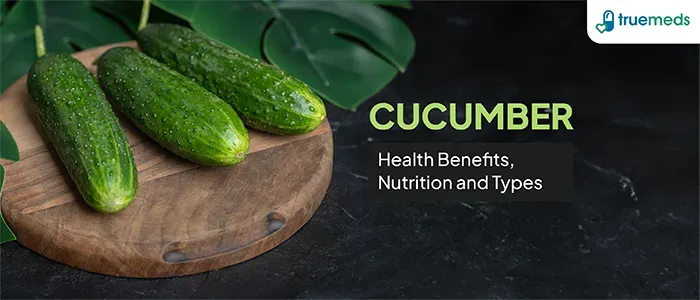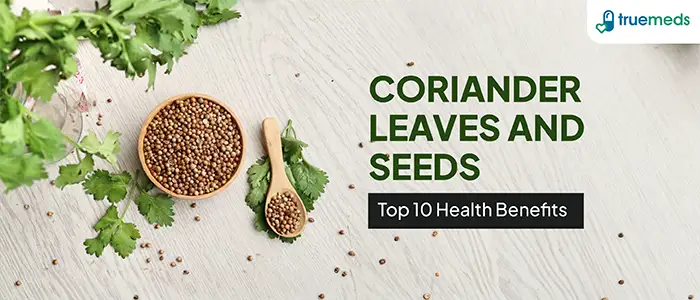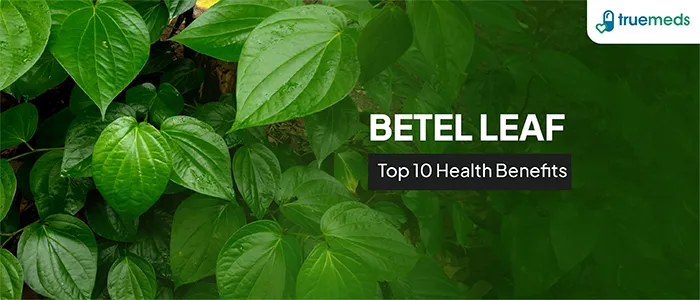Mindblown: a blog about philosophy.
-

Top 13 Health Benefits of Cucumbers: Nutrition Facts & Side Effects
Cucumbers (Cucumis sativus) are a popular, low-calorie vegetable recognized for their high water content and rich profile of essential nutrients, including potassium, magnesium, and Vitamins C and K. They are often utilized to help promote hydration, support digestive health, and contribute to overall well-being. This guide explores the nutritional profile, evidence-based benefits, and potential side…
-

Bhujangasana (Cobra Pose): Steps, Benefits, Precautions, Tips & More
What is Bhujangasana? Bhujangasana, also known as the Cobra Pose or Snake Pose, is a gentle back-bending yoga posture suitable for beginners. Its name comes from the Sanskrit words ‘Bhujanga’ (serpent or snake) and ‘asana’ (posture). This pose primarily helps strengthen the spine and may help tone the abdomen. While it is often promoted as…
-

Top 10 Benefits of Coriander Seeds & Leaves You Should Know
Coriander leaves, commonly known as cilantro, are a highly versatile herb used in various cuisines worldwide. In addition to adding a unique flavour to food, the leaves, seeds, and stems of the coriander plant (Coriandrum sativum) are highly valued in traditional medicine, including Ayurveda, for their health benefits [7]. They are rich in essential vitamins,…
-

Top 9 Surprising Health Benefits of Betel Leaf (Paan Leaf)
Betel leaf (Piper betle), commonly known as paan leaf, is widely used in India in cultural and religious traditions. The fresh, pure betel leaf on its own has many potential health benefits [9]. Betel leaves are a source of antioxidants, fibre, Vitamin C, and beta-carotene, which may help improve digestion, boost immunity, and support skin…
-

Top Health Benefits of Orange with Its Nutritional Value and Side Effects
Key Highlights Oranges are high in Vitamin C, antioxidants, and fibre. They may support the immune system, heart health, and digestion. Oranges can be eaten raw, juiced, or added to a variety of foods. Be mindful of possible side effects, including heartburn and drug interactions. Consume oranges as part of a balanced diet. Oranges are…
-

Best Ways to Remove Blackheads from Nose at Home (With Prevention Tips)
Blackheads are a common skin concern that often appear on the nose, forehead, and chin. They form when pores get clogged with oil and dead skin cells. While they can be stubborn, a few safe, evidence-based home care methods and prevention tips may help manage them. In this article, we’ll explore simple methods you can…
-

Top 18 Health Tips for a Safe and Healthy Monsoon Season
Monsoons bring refreshing rains, offering relief from the scorching summer heat, but they also come with health challenges. The weather during this time can lead to troublesome stomach infections, skin infections, colds, influenza, malaria, dengue, chikungunya, and Typhoid. The high humidity and frequent rainfall, combined with unhealthy lifestyle choices, can disrupt your digestive system, making…
-

Bael (Wood Apple) Fruit: Benefits, Uses, Nutrition, and Side Effects
Bael fruit (Aegle marmelos), also known as Wood Apple, Stone Apple, or Bengal Quince, is a highly valued fruit in Ayurveda and traditional medicine across South and Southeast Asia [1]. Native to India, this fruit is packed with medicinal properties and nutrients that can boost overall health. From aiding digestion to strengthening immunity, Bael has…
-

Top Benefits of Butterfly Pose for Your Health and How to Do It
What is Butterfly Pose/Asana? The Butterfly Pose, also known as Baddha Konasana or Upavistha Titli Asana, derives its name from Sanskrit. Upavistha means “seated,” Titli means “butterfly,” and Asana refers to a pose or posture. Baddha Konasana translates to ‘Bound Angle Pose’ (Baddha means ‘bound,’ Kona means ‘angle’). In this pose, the soles of the…
-

Health Benefits of Halasana and How to Do It with Precautions
What is Halasana? Halasana, or Plough Pose, is a beneficial yoga posture that may gently stretch the spine, hips, thighs, shoulders, and chest, potentially contributing to flexibility and circulation. The name “Halasana” comes from the Sanskrit words “hala” (meaning) “plough” and “asana” (meaning) “pose,” reflecting the pose’s resemblance to a traditional plough. Regular, safe practice…
Got any book recommendations?